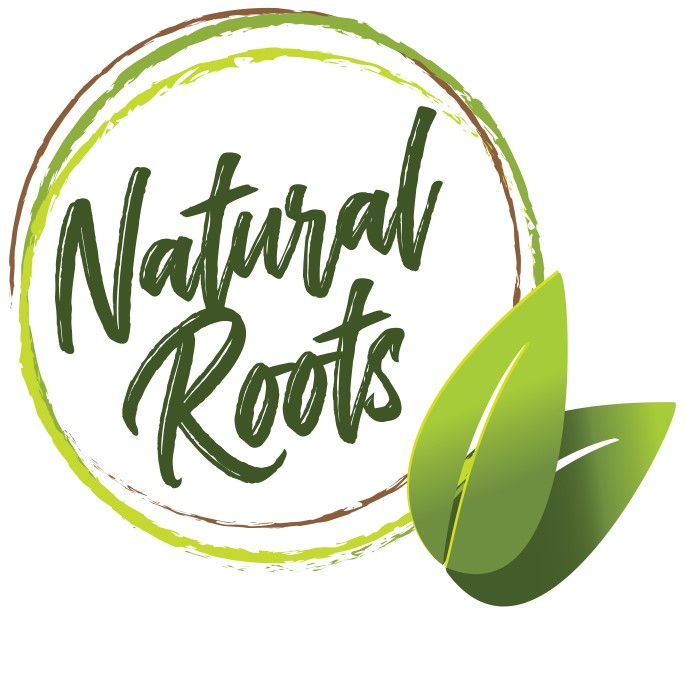
| Mung Bean sprouts Quick Facts | |
|---|---|
| Name: | Mung Bean sprouts |
| Calories | 26 Kcal./cup |
| Major nutrients | Vitamin K (23.42%) Copper (16.78%) Vitamin C (15.67%) Iron (10.13%) Vitamin B2 (9.69%) |
| Health benefits | Vitamin K, Source of Vitamin C, Presence of iron, Adequate folate, Prevent osteoporosis |
Mung bean sprouts, also known as sprout green beans, are a vibrant green culinary vegetable grown by sprouting mung beans. Cultivated in East Asia, various techniques, such as sprouting in jars covered with muslin cloth, are employed. The growing process involves placing or watering sprouted beans in the shade until their roots grow long. Success depends on selecting uniform seeds, ensuring adequate light, and maintaining proper humidity to avoid waterlogging.
Health Benefits of Mung Bean Sprouts:
- Vitamin K:
- Excellent source, with one cup providing 34 micrograms, meeting 28% of the daily recommended intake for men and 37% for women.
- Essential for blood clotting, regulates bone mineralization, and maintains bone density.
- Source of Vitamin C:
- Contains 14 milligrams of Vitamin C per cup (raw), supporting collagen production and strengthening skin, organs, and cartilage.
- Recommended daily amounts: 90 milligrams for men, 75 milligrams for women, with an additional 35 milligrams for smokers.
- Presence of Iron:
- Offers 12% of the recommended daily intake for men and 5% for women in a cup of raw mung bean sprouts.
- Crucial for transporting oxygen in the blood, supporting the immune system and cell growth.
- Adequate Folate:
- One cup of raw mung beans provides about 16% of the daily recommended intake, essential for DNA creation and maintaining new cells.
- Prevents Osteoporosis:
- A cup of cooked mung bean sprouts provides 28 micrograms of Vitamin K, contributing to 23% of the daily recommended value for men and 31% for women.
- Helps build stronger bones, preventing the risk of fractures and osteoporosis.
- Fulfills 60% of the daily recommended intake of Vitamin C for women and 50% for men, essential for bone maintenance and repair.
- Supports Neurological Function:
- Copper, present in mung bean sprouts, aids in the proper functioning of nerve cells.
- Offers 171 micrograms of copper per cup, fulfilling 19% of the daily requirement for adults.
- Manganese and iron play a vital role in the nervous system.
- Prevents Cataracts:
- High in Vitamin B rich foods, reducing the chances of developing cataracts.
- Contains sufficient amounts of thiamine, riboflavin, and niacin.
- Lowers Obesity:
- High fiber content increases satiety hormones, leading to lower food intake and weight loss.
- A study in 173 obese individuals fed a high fiber and bean-rich diet resulted in an average weight loss of over 9 pounds in 16 weeks.
Recipes:
- Chinese Kung Pao Almonds and Cashews with Sprouted Quinoa:
- Soak almonds and cashews, prepare hoisin sauce, pulse almonds and cashews, mix with mung bean sprouts and veggies, serve over red sprouted quinoa.
- Chipotle Sprout Wrap:
- Blend cashews, olive oil, chipotle, and lemon juice to make a creamy sauce, spread on collard leaves, add sprouts, quinoa, veggies, and cilantro, roll tightly.
- Oriental Spring Rolls:
- Lay romaine lettuce leaves flat, add mint, cilantro, mung bean sprouts, sprouted lentils, almonds, carrot, and avocado, roll tightly, serve with sauce.
Precautions:
- Raw sprouts may carry bacteria; pregnant women, children, elders, and those with weak immune systems should avoid them.
- People with diarrhea or cold symptoms, such as cold hands and feet, should refrain from consumption.
- Cook mung bean sprouts before serving to prevent food poisoning.
How to Eat:
- Add to soups, salads, or raw or cooked meals.
- Include in tacos, wraps, sushi rolls, or spring rolls.
- Cook with turmeric, curry, and other Indian spices.
- Prepare mung beans as tempeh, sliced, stir-fried, grilled, or served in miso soup.
- Stir-fry or microwave mung bean sprouts.
- Use raw in sandwiches.

